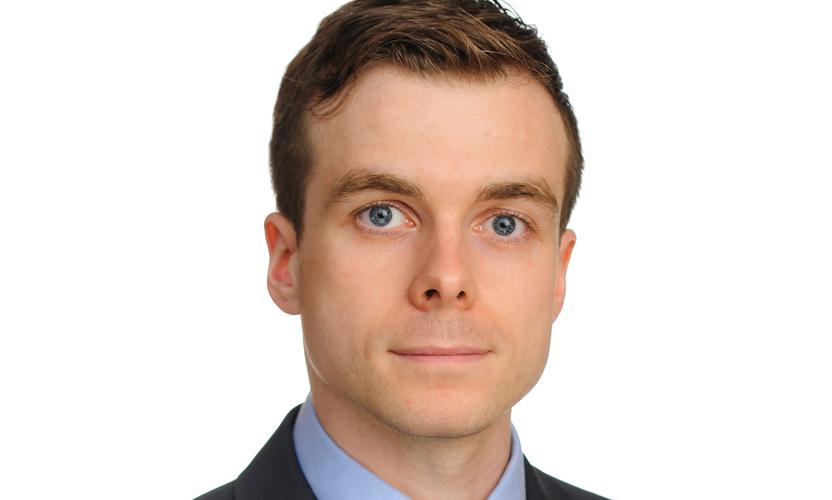This content was correct at the time of publication and is no longer being updated.
The Fidelity Leading Indicator has unsurprisingly taken a turn for the worse, highlighting the difficult months that lie ahead as most major economies enter lockdown. The FLI cycle tracker plunged deeper into the bottom-left quadrant (signalling growth below-trend and decelerating). Pain is broad-based, with four of the five sectors now in the ‘bottom-left’.
The three-month FLI growth rate is already half-way to its Global Financial Crisis trough, with more weakness likely to come. The FLI quantitative ‘bet’ remains negative on risk, below the 20th percentile of history.
Consumer and labour indicators have cratered swiftly as data deteriorated in America and Europe. Most notable is the spike in US unemployment claims - the recent two-week total of 10 million was more than the combined populations of Los Angeles and Chicago.
Business surveys have also slumped. Global PMIs plunged in March, with outsized pain being felt in the services sector. Orders-to-inventories ratios and bellwether European industrials surveys reversed their previously optimistic trend.
Commodities continue to be badly hit, although there has been some stabilisation as this coronavirus shock broadens out from being China- and oil-centric. The worst seems to be behind for global freight shipping costs, for instance.
Global trade also moved into the ‘bottom-left’ quadrant, driven by a sharp fall in survey data, although South Korean exports - a bellwether for Asia trade and electronics demand - remains surprisingly resilient.
Bucking the negative trend is the industrial orders segment, which moved back into ‘top-right’ quadrant (growth positive and accelerating) after an abysmal period around the turn of the year. German new foreign orders were particularly strong, while the inventory-to-sales ratio in Japan and the US also showed signs of improvement from a very low base. This data is reflective of February, however, when last year’s easing and supply-chain re-routing out of China was the dominant theme. Clearly, this glimmer of light will prove short-lived.
Duration matters more than depth of downturn
It is not primarily the depth of this downturn that matters. It is the duration of the middle part of the ‘U’-shaped path we are now on, and the slope on the other side once lockdown behaviour meaningfully ends. At the heart of this is the need to avoid ‘hysteresis’ effects, whereby financial stress on corporates and households creates an enduring hangover on both supply and demand that prevents a V-shaped recovery (as happened in the wake of the 2008 GFC).
This will not be easy. China’s privately-compiled services PMI remainedd, incredibly, in month-on-month contraction in March even after a near-complete lockdown in February; Wuhan, with a population larger than New York City, went into lockdown on January 23 and did not allow an inward train or grocery shopping until March 23. Moreover, even economies that have not implemented complete lockdowns, such as Sweden, Japan, Hong Kong, and Singapore, have PMIs scarcely better than those who did.
Watching for the light at the end of the tunnel
The key to watch is increased understanding of the ‘true’ severity rate, i.e. the burden of hospitalisations and fatalities relative to total infections, and what it takes to reduce the rate of infection from one person to others to near or below 1.
Complete lockdowns surely do work - but what about less restrictive combinations of greater public awareness, banning mass gatherings, social distancing in restaurants and/or workplaces, and quarantining the symptomatic and their close contacts? We also need to better understand the effectiveness of drugs such as chloroquine, and greater availability of better testing.
The FLI, sadly, tells us none of this. But it will give us a read on the grinding upturn, when it does start to come through.







































